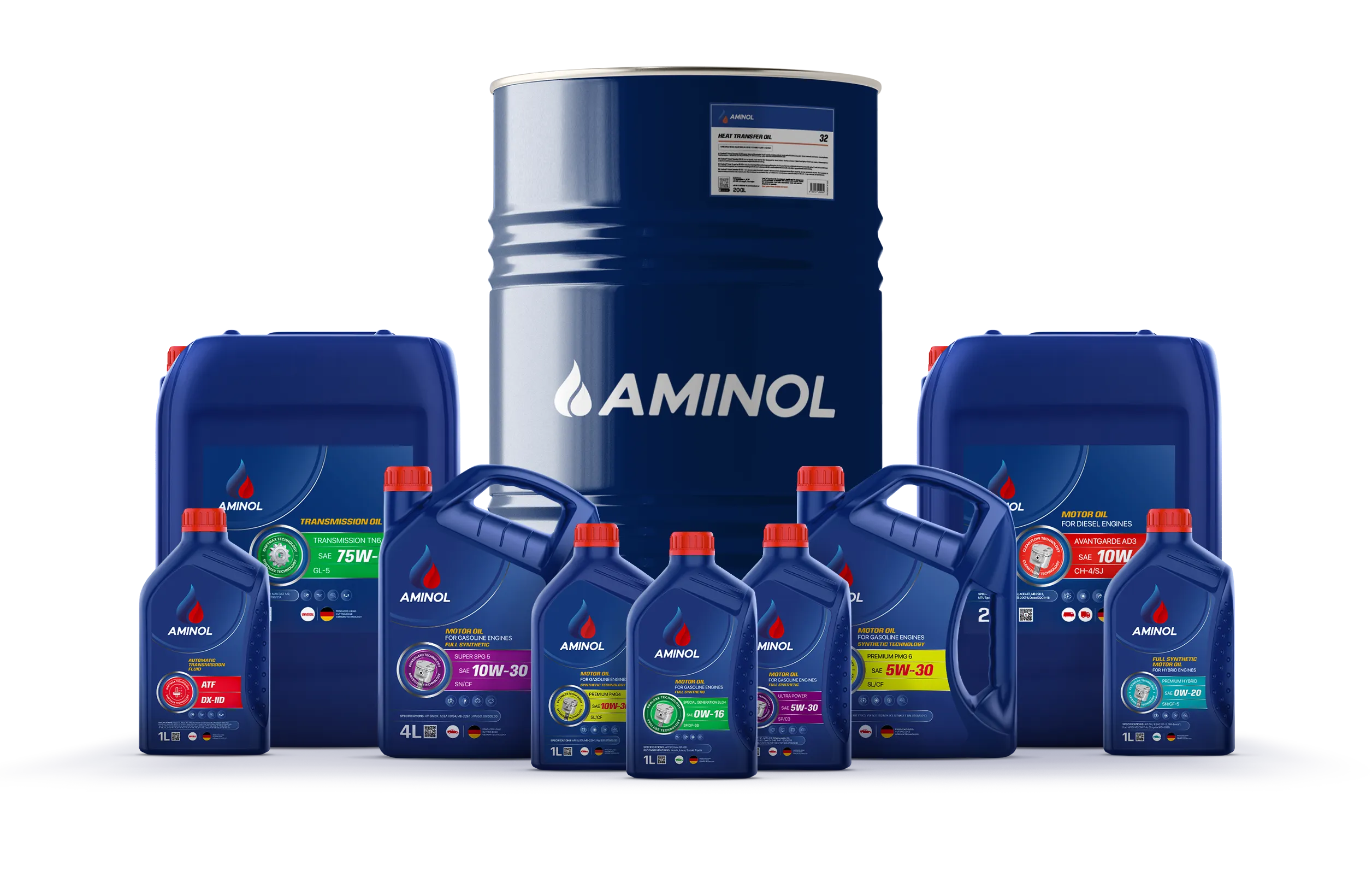Power. Protection. Performance.
Aminol delivers the strength your machines need, the protection they rely on, and the performance you expect—every time.
Our Partners

















AL/CO-0015
MoreAL/CO-0016
MoreAL/CO-0017
MoreAL/CO-0018
MoreAL/CO-0001
MoreAL/CO-0002
MoreAL/CO-0003
MoreAL/CO-0004
MoreAL/CO-0005
MoreAL/CO-0006
MoreAL/CO-0007
MoreAL/CO-0008
MoreWhat Are Circulating Oils? Uses, Types & Benefits
One of the most crucial factors in extending the life of industrial equipment is a proper lubrication system. Among its key components are circulating oils, which ensure smooth operation, protect components, and enhance system reliability.
Circulating oils are widely used in turbines, gearboxes, compressors, and bearing systems — they reduce friction, transfer heat, prevent corrosion, and clean internal parts by carrying contaminants to filters.
In this guide, you’ll learn what circulating oils are, how they work, the difference between C1, C2, C3, and C4 oils, and how to select the right one for your machinery.
H2: What Are Circulating Oils Used For?
As the name suggests, circulating oils continuously circulate within a closed-loop system, performing several essential functions:
Because of these functions, circulating oils are considered one of the most reliable lubrication solutions, alongside hydraulic oils, gear oils, and turbine oils.
H2: How Does a Circulating System Work?
A circulating lubrication system works by using a pump to move the oil throughout the machinery. The oil travels through filters, lubricates moving components such as bearings and gears, and then returns to the reservoir to be cooled, filtered, and reused.
Here’s a simplified cycle:
This closed-loop process ensures consistent lubrication, efficient cooling, and extended oil life — resulting in less downtime and lower maintenance costs.
When choosing circulating oils, you’ll often encounter the terms C1, C2, C3, and C4. These categories indicate different performance levels, viscosity grades, and application suitability.
Among them, C3 and C4 oils are preferred for diesel engines and high-pressure industrial applications that demand durability and stability.
Although both serve lubrication and cooling purposes, their applications differ:
In many cases, the same oil can perform both roles — hence the combined term “bearing and circulating oils.”
Selecting the correct oil is essential for performance, longevity, and cost efficiency. Consider these key factors:
Tip: Explore Aminol Circulating Oils — engineered for industrial reliability and superior lubrication performance.
Frequently Asked Questions (FAQ)
1. Is circulating oil the same as hydraulic oil?
No. Hydraulic oil mainly transmits pressure, while circulating oil provides lubrication and cooling.
2. How often should circulating oil be changed?
It depends on system load and operating conditions. Typically, replacement is recommended every 6–12 months.
3. What happens if circulating oil overheats?
Excessive heat leads to oxidation, which reduces the oil’s protective and lubricating properties — that’s why cooling systems are essential.
4. Can turbine oil be used as circulating oil?
Yes, many turbine oils are also suitable for circulating systems, depending on the manufacturer’s specifications.
5. Can C3 and C4 oils be mixed?
Mixing is not recommended unless specified by the manufacturer — different formulas may cause performance instability
Reduce mechanical wear and friction
Maintain thermal balance and system temperature
Extend equipment life
Lower maintenance frequency
Improve energy efficiency
Circulating oils are the backbone of smooth, reliable, and long-lasting industrial performance. By maintaining lubrication, cooling, and cleanliness, they protect vital components and ensure consistent operation even under demanding conditions.
If you’re looking for a high-quality, long-life circulating oil for your system,
👉 Explore Aminol Circulating Oils here.

Aminol delivers the strength your machines need, the protection they rely on, and the performance you expect—every time.
















